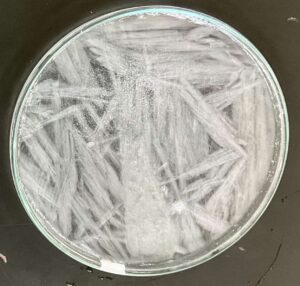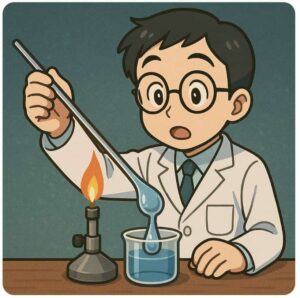Science at Minnie’s House!? The Magical Physics of the Volumatronics at Disneyland
I’m Ken Kuwako, a science trainer! Every day is an experiment!
【This article is also available as a radio broadcast!】
Tokyo Disneyland, a land of dreams and magic. Did you know that this place, where everyone smiles, actually hides many “seeds of science”? What might seem like pure magic at first glance reveals surprising mechanisms when viewed through a scientific lens.
This time, let’s visit Minnie Mouse’s adorable house in Toontown and together unravel the mystery of the wondrous phenomenon hidden there: “seeing without touching“!
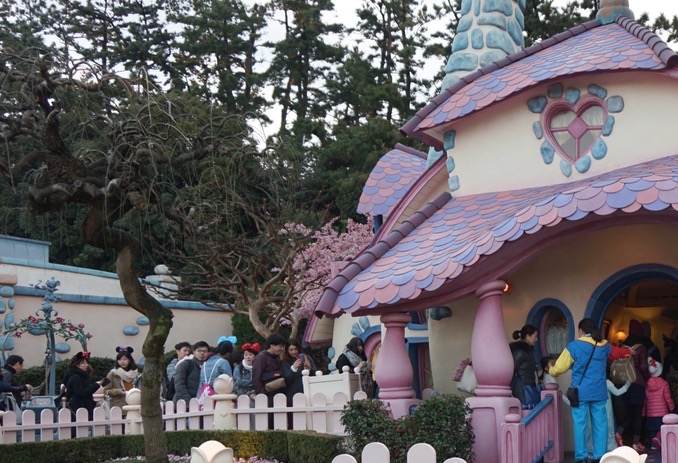
It all started with a cold stare from a girl student!?
So, why did I start a series called “Disneyland Physics”? Let me tell you a little story. Previously, in a physics class, I was chatting about Gundam’s space colonies and centrifugal force as a casual topic. I thought it was a fascinating subject, but when I looked around the classroom, I saw… zero interest from the girl students! It was so quiet you could almost hear a pin drop.
At that moment, I realized, “This isn’t working!” Gundam, while a fantastic teaching material for me, just didn’t resonate with the students, especially the girls. So I wondered, “Can’t I talk about science using more exciting, relatable topics that everyone can get into?” That’s when I started developing new educational materials. And finally, I found it. The ultimate theme, overwhelmingly popular with girls, and known by everyone… Disneyland!
To my surprise, almost all the students in the class said they visited the park at least once a year. I was convinced: “This is it!” And so began the creation of physics lesson ideas set in the magical kingdom.
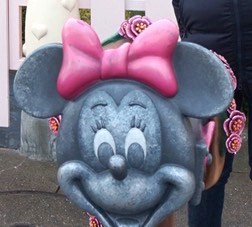
The Mysterious Cherry Pie Floating in Minnie’s House
One of those memorable teaching materials, which I’m introducing today, is found in Minnie’s house. If you step inside and peek into the kitchen, you’ll see something peculiar…
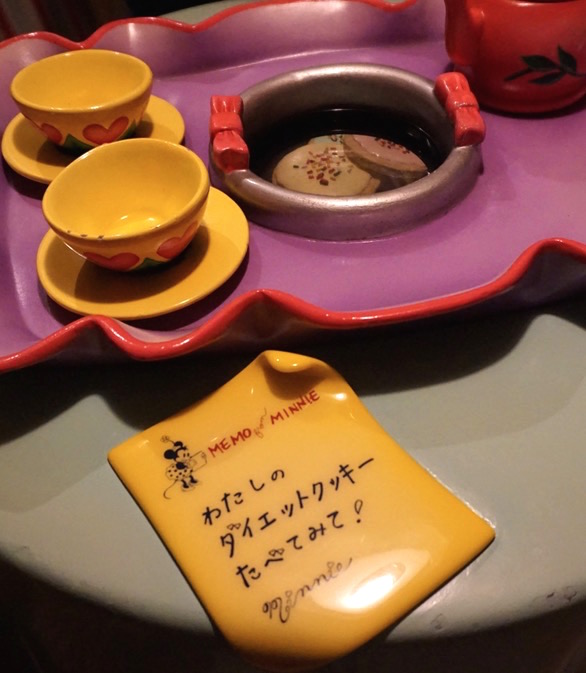
Can you see a delicious-looking cookie floating in the hole of the dome-shaped device? You might instinctively reach out to grab it, but your hand will pass right through! This device is actually called a “Volmatrix,” a scientific toy combining two concave mirrors—that is, mirrors that curve inward. The light emitted from the cookie placed on the bottom mirror reflects sequentially off the top and bottom mirrors, eventually emerging from the hole at the top of the device and converging at a single point.
When many light rays actually gather at that spot, a three-dimensional image appears, just as if the real object were there. You can see this curious phenomenon at science museums like the Tsukuba Expo Center, and also at “The Museum of Literature: A Magical Experience” which expresses the world of children’s author Eiko Kadono. Science and storytelling are connected in unexpected ways, aren’t they?
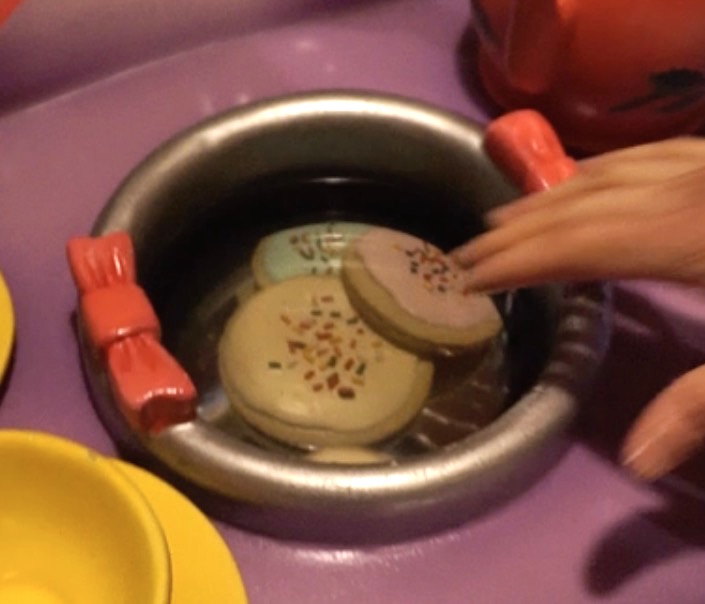
Eiko Kadono’s Magical Museum of Literature also features an exhibit based on the same principle.
By the way, my school has one too. It’s a huge hit with the students!
The Magic of Science: The Secret of “Real Images” and “Virtual Images”
Now, for a science quiz: Is this cookie, which you can see but not touch, a “real image” or a “virtual image“? Many might think, “Since your hand passes through it, it must be a ‘virtual image’ with no physical substance, right?” But the correct answer is, surprisingly, a “real image“! Let’s review the concept of “images” that you learn in junior high school science.
Real Image: An image formed when light rays actually converge. If you place a screen, it will project clearly onto it. The image a projector casts on a wall is also a real image.
Virtual Image: An image that isn’t formed by light rays actually converging, but rather appears as if light is emanating from that point. Your reflection in a mirror or the magnified image you see through a magnifying glass are examples of this.
The cookie in Minnie’s house is formed by light rays actually converging in that space. That’s why it’s a “real image.” If you could gently place a translucent screen, like frosted glass, in that spot, a pie identical to the real thing would be projected. Because the image is formed in empty space, your hand passes through it, yet it is undoubtedly a genuine “image” formed by converging light.
The Collaboration of Dreams and Science
In this way, cutting-edge scientific technology is used as a “magic wand” to bring dreams to life at Disneyland. Behind the entertainment that makes us exclaim “Amazing!” and “Mysterious!” often lie scientific principles like physics and optics.
Imaginative ideas combined with solid scientific technology to realize them. It’s this partnership that creates the dreamland that captivates people around the world. Seriously, Disneyland is incredible! The next time you visit the park, it might be fun to try and discover what science is hidden behind each attraction.
Inquiries/Requests
Make the wonders and fun of science more accessible! We’ve compiled easy-to-understand explanations of fun science experiments you can do at home and tips for them. Please search around!
・About the operator, Ken Kuwako: Click here
・For various requests (writing, lectures, experimental classes, TV supervision, appearances, etc.): Click here
・Updates on articles are distributed on X!
![]() Science Idea Channel features experiment videos!
Science Idea Channel features experiment videos!

